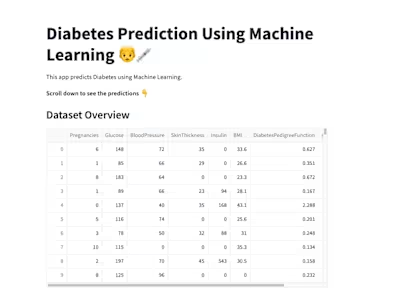Analyzing Urban Environments through Satellite Imagery
Project Overview:
In this project, I utilized satellite imagery data from the Landsat series to analyze urban area environments. By combining traditional algorithms with artificial intelligence techniques, I developed a system that can process and interpret large-scale satellite images effectively.
Libraries:
Tensorflow, Keras, Scikit-image, GeoTiff, Pillow, OpenCV, Numpy, Pandas(geopandas), rioxarray, earthpy
Key Achievements:
Data Preparation:
Traditional Algorithms and Machine Learning:
Visualization and Output:
Vegetation Analysis:
Automated Data Pipeline:
By leveraging cutting-edge technologies and algorithms, this project demonstrates my expertise in satellite image analysis, machine learning, and data visualization. The developed system provides valuable insights into urban environments, aiding in urban planning, environmental monitoring, and decision-making processes.
Relevant Information
About Landsat Data
At over 40 years, the Landsat series of satellites provides the longest temporal record of moderate resolution multispectral data of the Earth’s surface on a global basis. The Landsat record has remained remarkably unbroken, proving a unique resource to assist a broad range of specialists in managing the world’s food, water, forests, and other natural resources for a growing world population. It is a record unmatched in quality, detail, coverage, and value. Source: USGS
Segmentation using CNN
Applying the segmentation (MaskRCNN) to multi-band images.
https://www.tensorflow.org/tutorials/images/segmentation
Like this project
Posted Apr 26, 2024
I developed a system that can process and interpret large-scale satellite images effectively using AI and Traditional Algorithms.
Likes
0
Views
30








